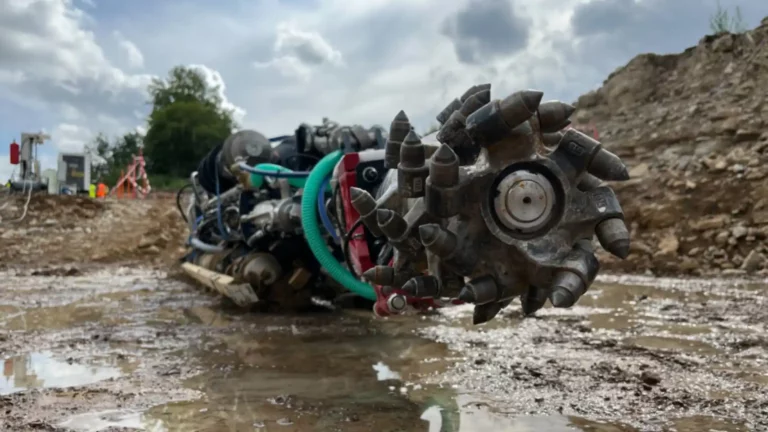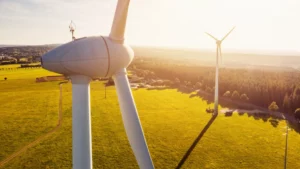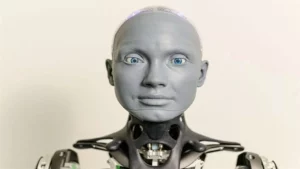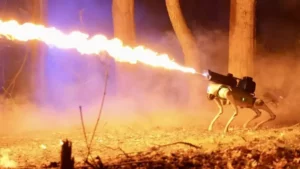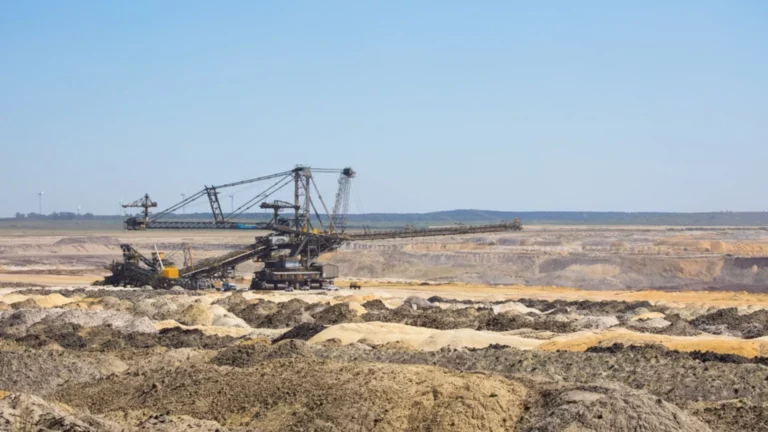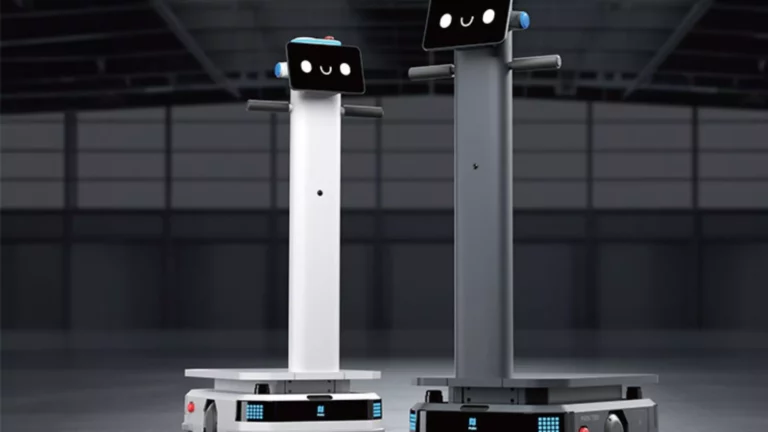The European Robominers project is developing a bio-inspired, modular and reconfigurable mining robot prototype in order to access small, hard-to-reach mineral deposits without causing significant surface damage.
With a key contribution from Spain, through the participation of the Escuela Técnica Superior de Ingenieros Industriales and the Centro de Automática y Robótica (CAR) of the Universidad Politécnica de Madrid (UPM), this project is at the forefront of innovation in the mining sector. mining sector . Claudio Rossi leads this collaborative effort that includes 14 partners from 11 European countries.
Robominers aims at sustainable mineral extraction
According to Rossi, Europe is home to approximately 30,000 inactive mines rich in valuable materials essential to the energy and electronics industries. The Robominers project ‘s approach to the extraction of these subway resources through the use of robots has the potential to provide sustainable sources of raw materials. These robots not only have the ability to operate in challenging environments but could also play a crucial role in the mining space mining .
Until the conclusion of the first phase of research in November 2023, Robominers has focused on developing a prototype autonomous robot to exploit subway and submerged mines. Successful tests have been conducted in abandoned mines in Estonia and Slovenia, where the robots were exposed to harsh conditions to evaluate their essential functionalities.
“The machine would be capable of working up to 1,000 meters deep,” explained the CAR deputy director.
How does the autonomous mining robot operate?
Drawing inspiration from nature, designers have created prototypes that mimic the movements of animals such as fish and insects, allowing the robot to navigate confined spaces. The goal is that the robot, once at the desired location, can self-assemble and operate independently, using artificial intelligence to identify minerals and adapt to environmental conditions.
Tests carried out on the mining robot prototype. Source: ROBOMINERS project.
These robots are equipped to process a mixture of water and minerals that will be pumped to the surface for processing. In addition, they have the ability to reconfigure and repair themselves, making them particularly suitable for complex mining operations.
An innovative aspect of the prototypes is their ability to generate 3D maps of the mining environment using sensory “whiskers”, which facilitates accurate and autonomous navigation. Specialized sensors also make it possible to analyze rock composition in situ, guiding excavation decisions.
Viable project, but with a long way to go
Although the project has demonstrated its feasibility in real-world conditions, including underwater drilling, it is still anticipated that full integration of artificial intelligence, as well as full functionality and commercialization of these robots, could take several decades.
This project not only represents a breakthrough in subway mining but also sets a precedent for the application of autonomous robots in the exploration and exploitation of resources in extraterrestrial environments, opening new frontiers in space mining and the exploration of other planets.
Follow us on social networks and don’t miss any of our publications!
Inspenet.com YouTube LinkedIn Facebook Instagram X
Source and photo: elespanol.com



